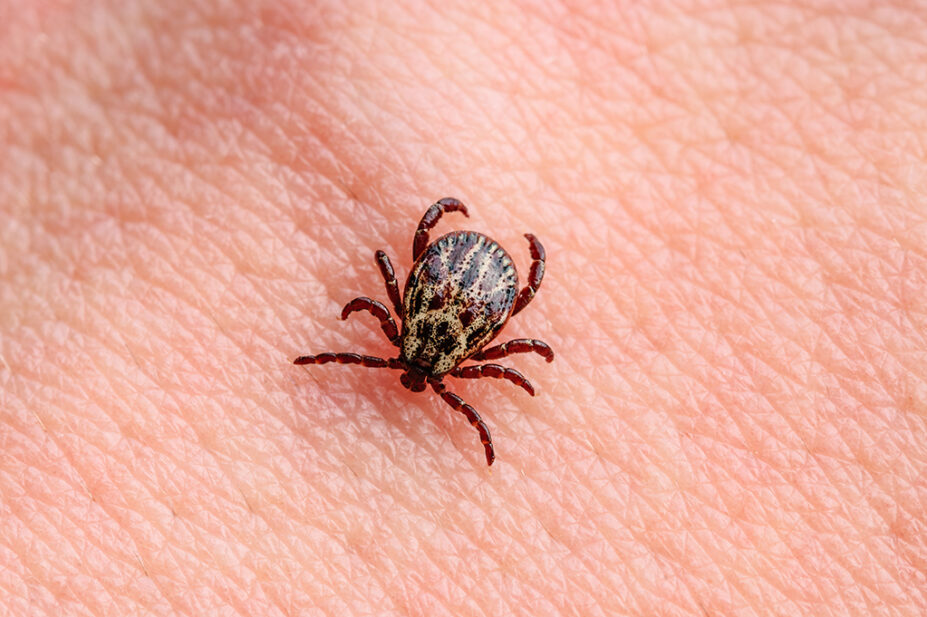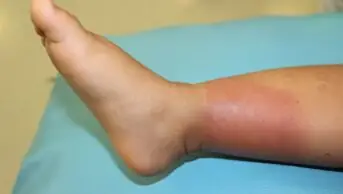
Shutterstock.com
The number of confirmed Lyme disease cases in England fell slightly in 2024 compared with the previous year, but the UK Health Security Agency (UKHSA) has warned that these figures are likely to underestimate the true levels of infection.
According to a UKHSA annual report on common animal-associated infections in England, published on 31 July 2025, there were 1,581 cases of laboratory-confirmed Lyme disease in England in 2024, a 5.2% reduction compared with the 1,667 confirmed cases in 2023.
However, in its report, the UKHSA said: “It is not possible to determine whether this [figure] reflects more cases being treated without confirmatory testing or a true reduction in cases during this period.
“The number of laboratory-confirmed cases presented in this report are therefore likely an underestimate of the true burden of acute Lyme disease in England,” it added.
The report also noted that diagnosis for acute Lyme disease presenting with the typical rash is made clinically and testing is not recommended by the National Institute for Health and Care Excellence.
Lyme disease is an infection of Borrelia burgdorferi transmitted to humans by tick bites, which often results in a characteristic ‘bull’s eye’ or ‘target-like’ rash, as well as other symptoms of infection.
In a press release published alongside the report, the UKHSA advised people to remain vigilant during the summer months, adding that Lyme disease can be successfully treated with antibiotics.
In Scotland, there were 506 confirmed cases in 2023 — the most recent year that full data have been published — according to Public Health Scotland, which was a small decrease in cases compared to 2022.
In July 2025, Community Pharmacy Scotland (CPS) reported that a community pharmacist, identified as Philippa, recognised symptoms that suggested Lyme disease in a patient who came into her pharmacy.
On 25 July 2025, CPS said: “Recognising the severity and combination of symptoms, Philippa advised the patient to seek same-day assessment from their GP. The patient returned to the pharmacy later that day with a prescription for azithromycin, expressing deep gratitude for the pharmacist’s swift and compassionate intervention.
“Crucially, the patient revealed that it was the pharmacy’s Lyme disease awareness display, and an information leaflet from Lyme Disease UK, that prompted them to seek help in the first place.”
A spokesperson for CPS told The Pharmaceutical Journal: “This pharmacy intervention highlights that pharmacy teams are well trained to be the first point of contact for advice and support.”
A Freedom of Information request sent to Public Health Wales (PHW) — not submitted by The Pharmaceutical Journal — revealed that there were 21 acute cases of Lyme Disease reported to PHW in 2023.


